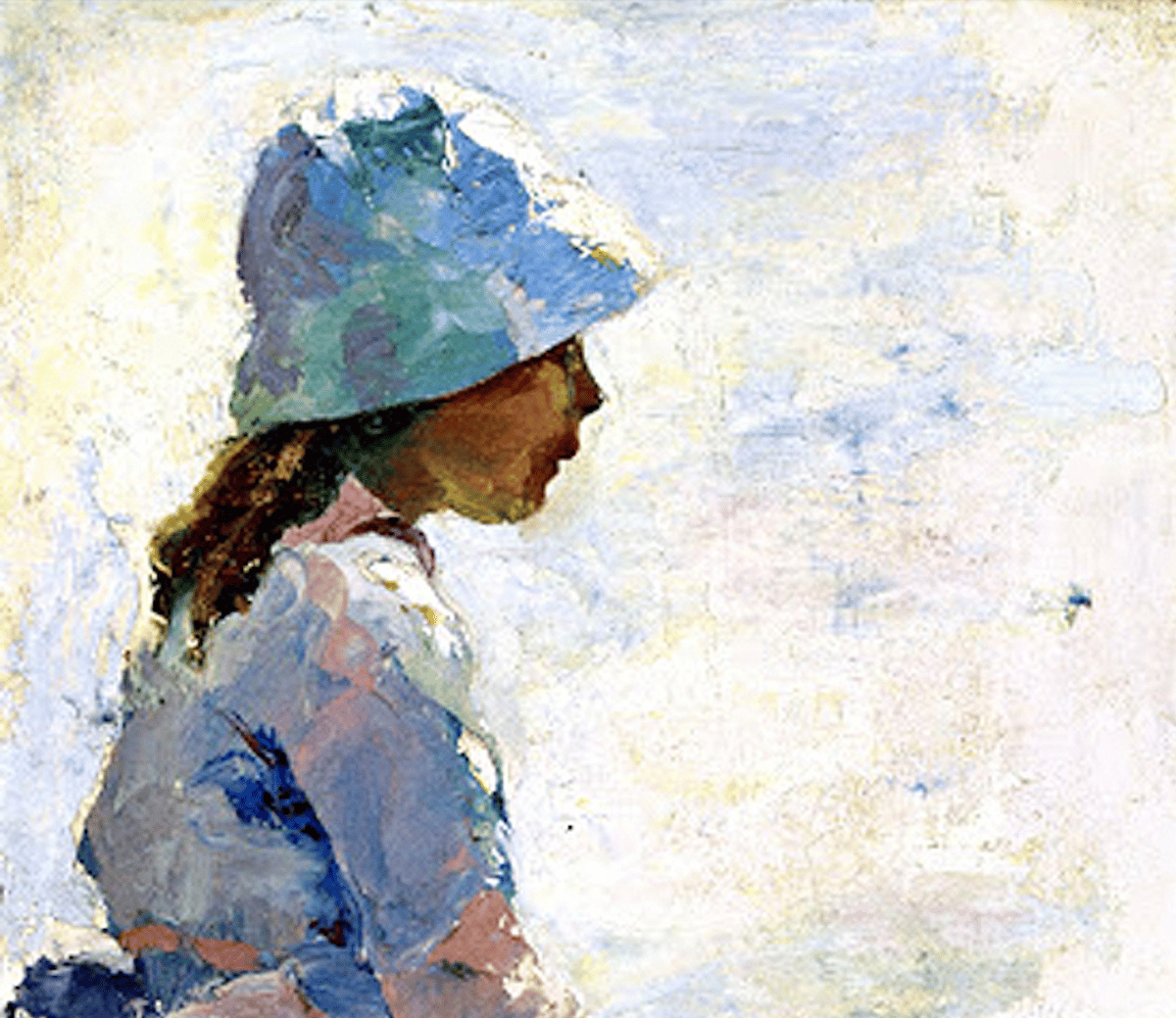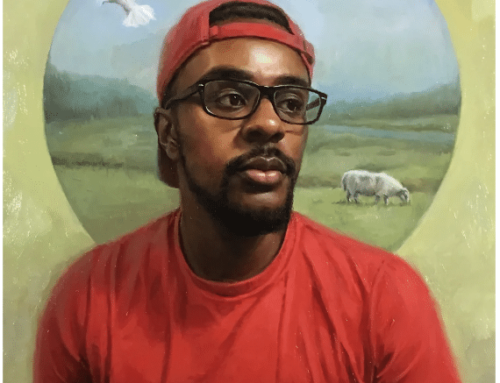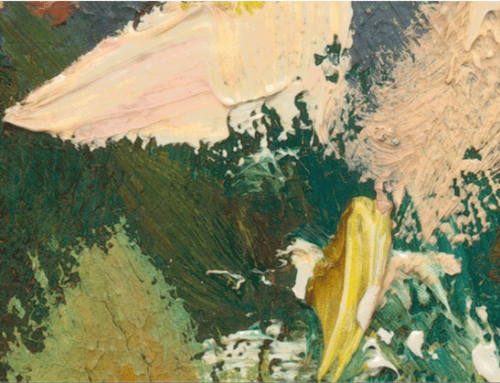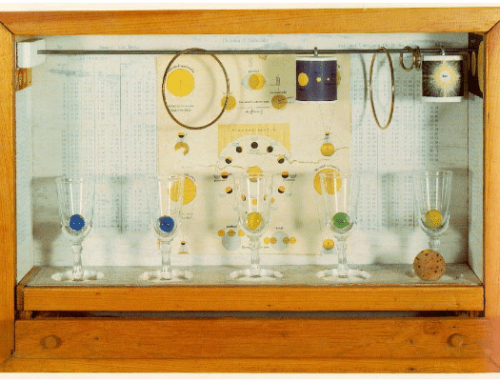In Provincetown, Mass, Charles Hawthorne, who founded the Cape Cod School of Art in 1899, is a legend.
He had a lot to do with Provincetown becoming the art mecca that it became and still is. In addition to pioneering new ways of painting (working from the figure outdoors on the beach, with priority given to what he called “spots of color” over linear drawing), Hawthorne successfully taught hundreds of students very “modern” and innovative ideas.
“Painting,” he said, “is just getting one spot of color in relation to another spot…. Let color make form, do not make form and Color it.”

Charles W. Hawthorne, Fisher Children, ca. 1902
Hawthorne is still an inspirational voice for freshness and “truth” in painting (by which he meant fidelity to perception set down “straight,” unobscured by fussing with too much detail). He advocated for “vital” seeing – getting excited about things you see and like in the world – and painting at a good clip to carry that initial excitement through to the end of the work. Eliminating “superfluous” detail (and deciding what that is!) can be an important a step in any artist’s finding his or her voice.
“Starting with a note of truth in a picture is the important thing,” Hawthorne said, “the first color you put down influences you right straight through. Determine the most important plane of color, its hue, intensity and value.”
“The ring, the call, the surprise, the shock that you have out-of-doors – be always looking for the unexpected in nature, do not settle to a formula….. Get into the habit of doing what you see, not what you know. Human reason cannot foresee the accidents of out-of-doors.”
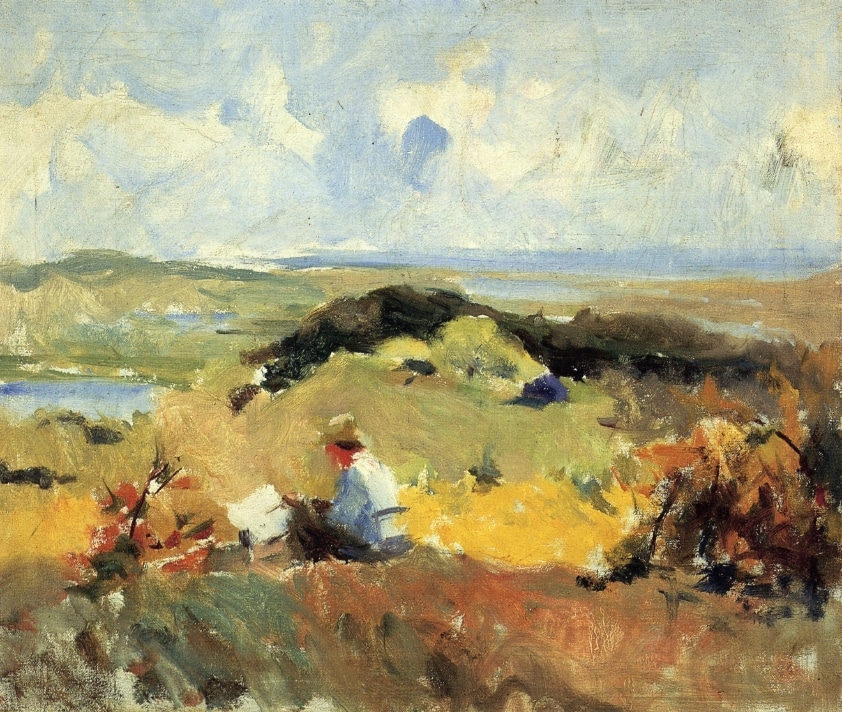
Charles Webster Hawthorne, Artist in Plein Air, 1910
The book that captures the spirit of his art and teaching is the must-have classic Hawthorne on Painting. It consists of concise essay snippets and notes that his students took. It’s a tiny Bible of inspirational tips and nudges that you’ll find applicable to your own work a hundred times over.
I like to cite chapter and verse of Hawthorne to justify the “happy accident” school of painting to which I adhere: “It may have been accidental, but you knew enough to let this alone. The good painter is always making use of accidents.” Here are a few more gems from this indispensable classic:
“Look around and select a subject that you can see painted. That will paint itself. Do the obvious thing before you do the superhuman thing.”
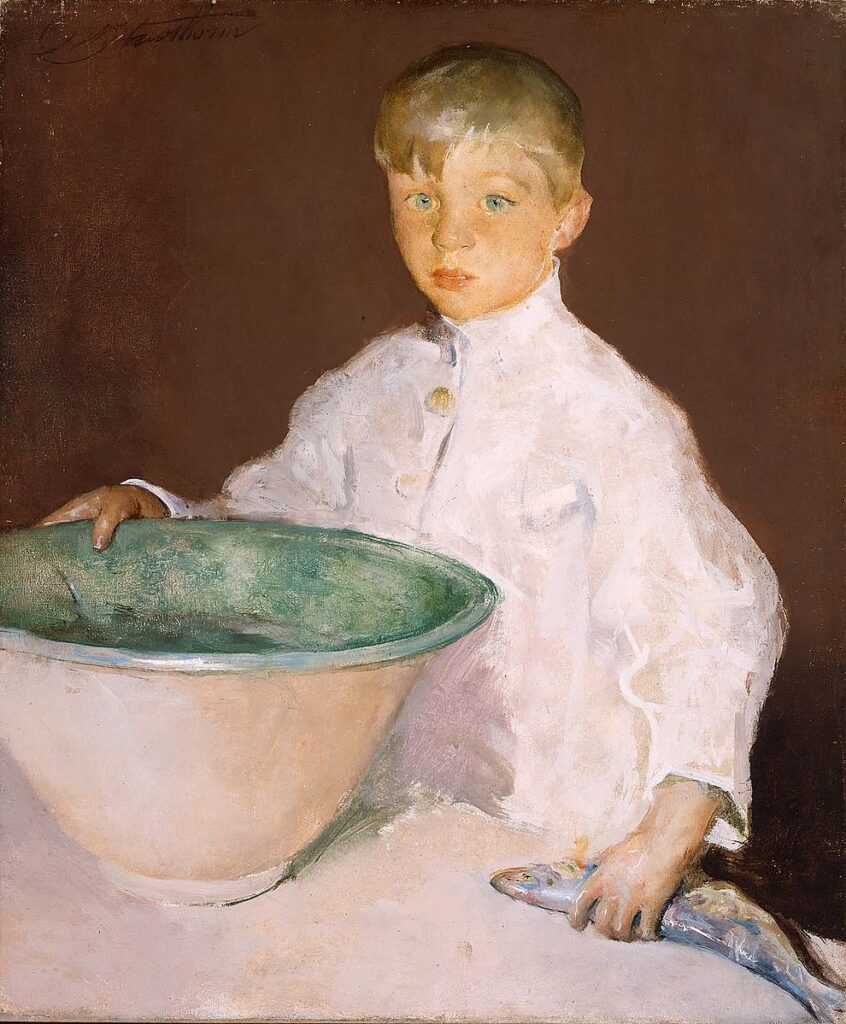
Charles Webster Hawthorne, The Bowl, 1899
“Do not put things down approximately — you will take a wrong thing and unconsciously key everything to it, making it all false. Ask yourself what Vermeer would do?”
“As far as keeping a painting fresh to the end, you can not lose site of the reason for starting the painting in the first place, that first excitement, that one big relationship. If the details slowly obscure the big thing the painting becomes dull, then it is necessary to dig back in and pull it out even if it means upturning days of work. In the end nothing is lost, and it will be more exciting for being harder found and deeper felt.”

Charles W. Hawthorne, New Hampshire Lake–Raymond, 1927, watercolor on paper, Smithsonian American Art Museum
“Within ourselves we all have great paintings, and we all have the colors needed to make these works. We just need to dig them out.”
“Realize the value of putting down your first impression quickly. Do not overthink your drink.”
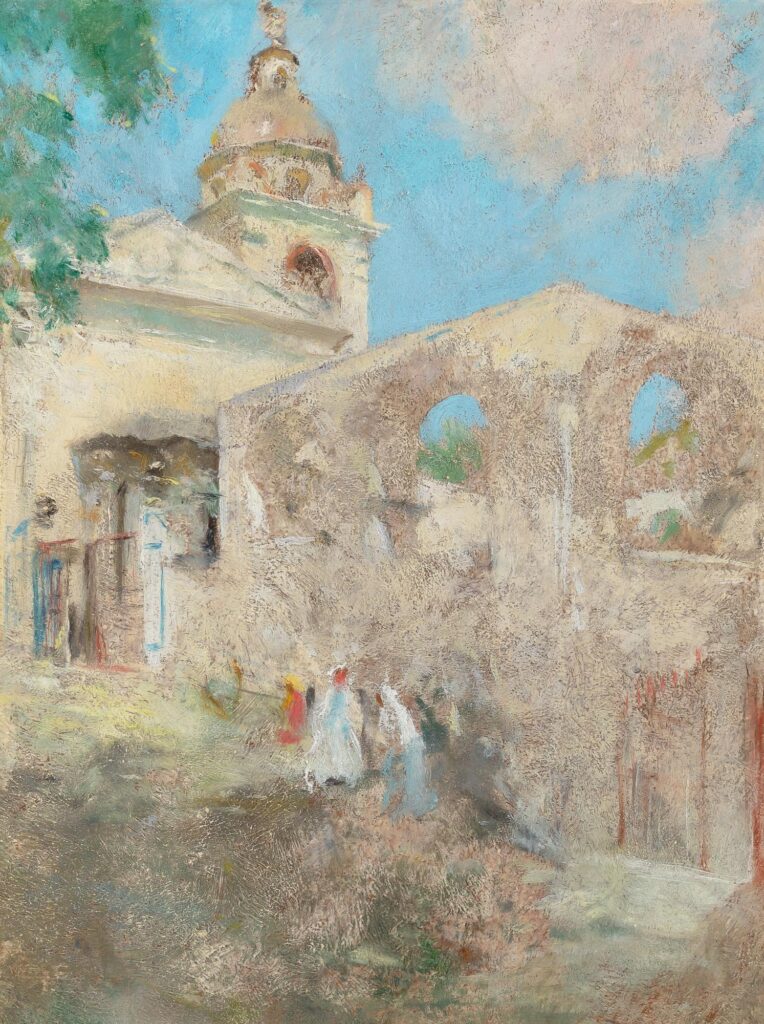
Charles W. Hawthorne, Near the Cathedral, 1907
“Take care of your honesty – search and the rest will be added unto you… Be humble like a child; don’t feel like a professional artist. Be careful about things looking nice to you and giving you the sensation of your being a good painter… Go right ahead and try to see more interestingly, more vitally that means, and so more truly.”
– Charles Hawthorne
A Talent for Self-Reinvention
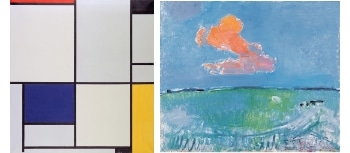
Piet Mondrian: Tableau, 1921 left / and a very spontaneous looking Piet Mondrian’s The Red Cloud (1907), right, which rarely travels from its home in The Hague. © 2022 Mondrian/Holtzman Trust. Photo: Kunstmuseum Den Haag
Piet Mondrian is mostly known for establishing the grid as a foundational touchstone for abstract painting. His “Broadway Boogiwoogie” and geometric “patchwork” paintings influenced generations of modernists and abstract painters. His early works are amazingly diverse and experimental, though.
Charles Derwent has a review in The Art Newspaper of a show of rarely seen early Mondrians reflective of the artist’s tendency to reinvent himself through his work continuously. It’s only one of many more reassessments of the dynamic talent of Mondrian likely to emerge in the coming years.

